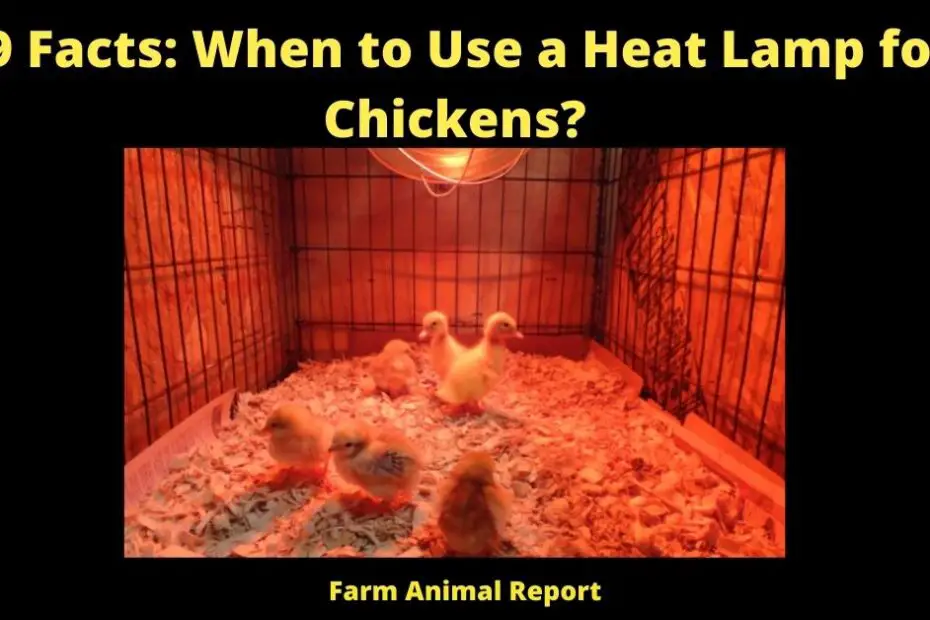When you are starting a new flock of chickens, there are a lot of things that you need to consider. One of the most important decisions that you will make is when to use a heat lamp for chickens. In this blog post, we will discuss the benefits of using a heat lamp and when it is the best time to start using one.
The heat lamp is a great way to keep your chickens warm during the summer months if you have them in captivity. It’s important that they are used by week four but after this point, it doesn’t really matter as much since their feathers grow quickly and will provide enough warmth without extra convection or radiant energy sources like light bulbs for those who live outside on the rural property. When to use Heat Lamp for Chickens?
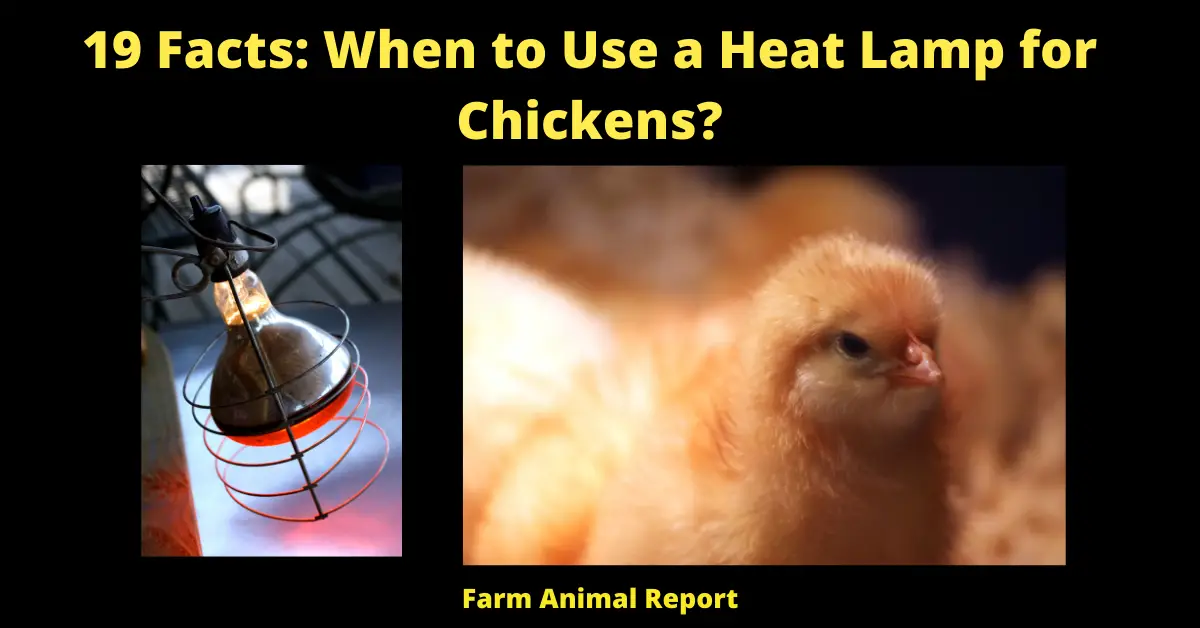
The best time to use these lamps would be when housing baby chicks because there might not always be enough room inside with regular lighting fixtures installed at every corner!
When to use Heat Lamp for Chickens?
Chickens are hardy birds and can usually withstand cold temperatures without any problems. However, there are times when a heat lamp may be necessary to provide them with extra warmth.
For example, if the weather is particularly cold or if there is a draft in the coop, a heat lamp can help to keep the chickens warm and comfortable. Another time when a heat lamp may be needed is when chicks are first born.
Their bodies are not yet able to regulate their own body temperature, so a heat lamp can provide the warmth they need to stay healthy and thrive. If you do use a heat lamp, be sure to monitor the temperature carefully so that the chickens don’t overheat.
A safe temperature for chicken should be between 95 and 100 degrees Fahrenheit.
What Types of Heat Lamps are there?
Chickens are susceptible to a number of different health problems, many of which can be fatal. One of the best ways to help prevent these diseases is to provide the birds with a warm, dry environment. This can be achieved using a heat lamp.
Heat lamps come in a variety of shapes and sizes, and each type has its own advantages and disadvantages. The most common type of heat lamp is the infrared heat lamp. Infrared heat lamps emit infrared radiation, which is absorbed by the bird’s body, providing warmth.
However, these lamps can be very bright, and they can also dry out the air, making it difficult for the birds to breathe. Another type of heat lamp is the red heat lamp.
Red heat lamps emit visible light as well as infrared radiation, providing both warmth and light. However, they are not as effective at warming the air as infrared heat lamps, and they can also disturb the bird’s natural sleep cycle. Ultimately, the type of heat lamp that you use for your chickens will depend on your specific needs and preferences.
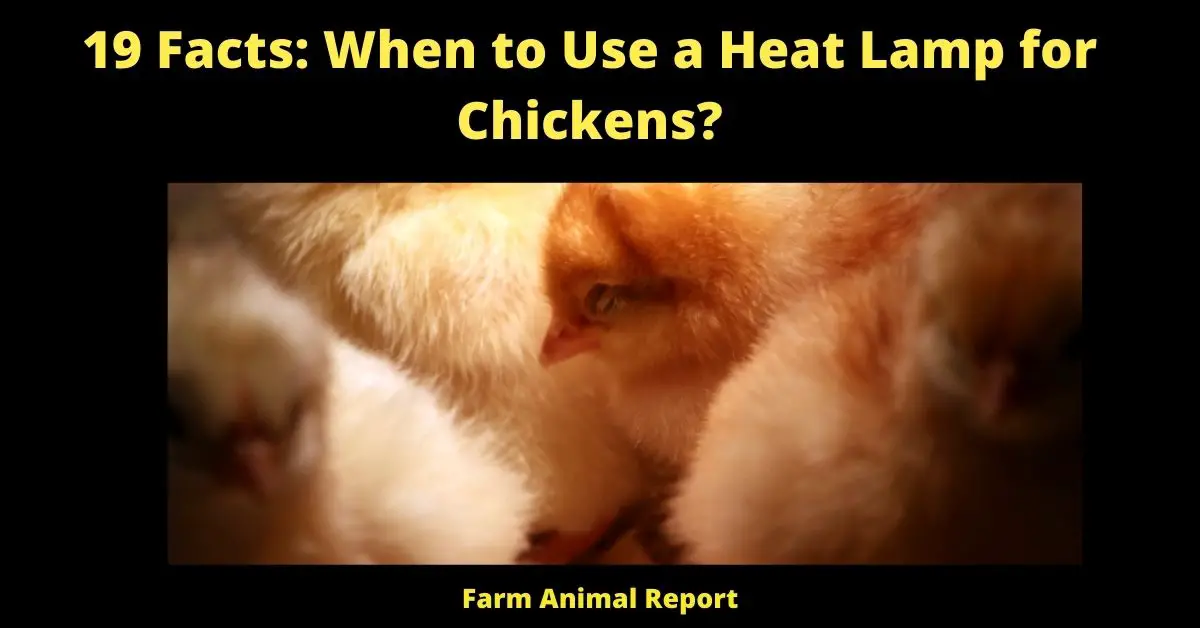
What is a heat lamp and what does it do for chickens?
A heat lamp is a device that emits infrared radiation. It is commonly used to provide warmth for chickens, as well as other animals such as reptiles.
The heat lamp helps to keep the chicken coop warm, which is essential for the birds’ survival. Chickens are very sensitive to cold temperatures, and the heat lamp ensures that they are able to stay warm and comfortable. In addition to providing warmth, the heat lamp also helps to promote circulation and keep the air in the coop clean.
The heat lamps are an essential part of chicken husbandry, and play a vital role in keeping these animals healthy and happy.
How can you tell when your chickens need a heat lamp to keep them warm enough during winter weather conditions?
Chickens are generally quite hardy creatures, but in extremely cold weather, they may need a little extra help to stay warm. One way to tell if your chickens need a heat lamp is to observe their behavior. If they are huddled together in a tight group, with very little movement, it’s probably time to turn on the heat lamp.
Another way to tell is by feeling their combs and wattles. If they feel cold to the touch, it’s a sign that the chickens are not generating enough body heat. In general, if the temperature outside is below freezing, it’s a good idea to provide some additional warmth for your chickens. By doing so, you can help them stay healthy and happy throughout the winter months.
What are some economical ways to provide supplemental heat for your chickens during the cold winter months without using a heat lamp or other expensive equipment or materials?
Providing supplemental heat for your chickens during the cold winter months does not need to be expensive. Some economical ways to provide supplemental heat are to use a chicken coop heater, a ceramic heat emitter, or an infrared heat lamp.
- A chicken coop heater is a small, safe, and efficient way to heat the inside of a chicken coop.
- A ceramic heat emitter is a long-lasting and energy-efficient way to provide supplemental heat.
- An infrared heat lamp is an effective way to provide supplemental heat, but it needs to be used with caution.
Make sure the infrared heat lamp is not left unattended and keep it out of reach of children and animals. Additionally, make sure the area around the infrared heat lamp is well ventilated.
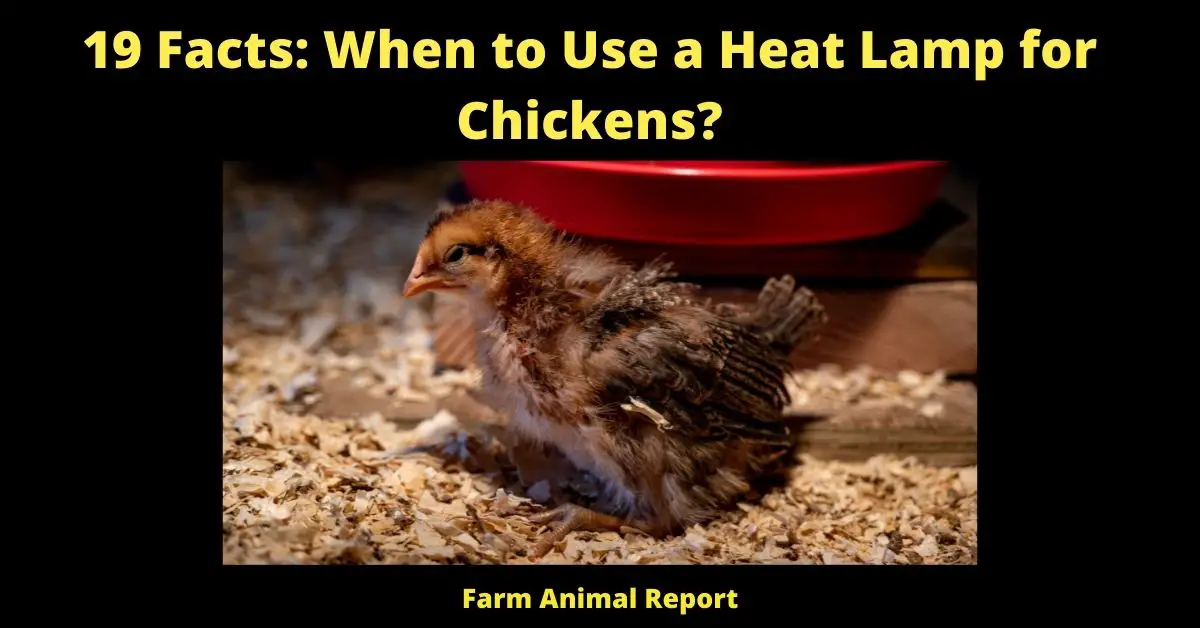
How long should you leave the supplemental heat on for your chickens each day during winter weather conditions, and how many hours of supplemental warmth is necessary to prevent them from getting too cold or becoming ill from the cold weather exposure?
Chickens are fairly resilient creatures and can withstand a wide range of temperature extremes. However, during extended periods of cold weather, they may need some extra help staying warm. supplemental heat should be provided for chickens during the winter months, as long as the temperatures remain below freezing.
The amount of supplemental heat required will depend on the severity of the weather conditions and the type of chicken. For example, bantam chickens generally don’t need as much supplemental heat as standard-sized chickens. In general, though, most chickens will need at least eight hours of supplemental warmth per day during winter weather conditions.
Providing this extra heat will help prevent your chickens from becoming too cold and will also reduce the risk of them becoming ill from exposure to the cold weather.
Can you use a space heater in place of a heat lamp to provide supplemental warmth for your chickens during winter weather conditions, and if so, what are some things you should keep in mind when doing so to ensure the safety of your flock members?
Chickens are hardy birds, but in extreme weather conditions, they can benefit from supplemental warmth. One way to provide this heat is with a space heater.
Space heaters are less expensive than heat lamps and can be just as effective, but there are some things to keep in mind when using them.
First, make sure the space heater is placed on a solid surface and away from any flammable materials.
Second, keep the cord wrapped up and out of the way to prevent accidental tripping or entanglement.
Finally, always monitor the space heater to make sure it is functioning properly and not over-heating the area. By following these simple guidelines, you can safely and effectively use a space heater to provide supplemental warmth for your chickens during winter weather conditions.
Are there any other alternatives to providing supplemental warmth for your chickens during winter weather conditions that are less expensive than using a heat lamp or space heater, but still effective in keeping them warm enough during these colder months?
When the weather outside starts to turn cold, you may need to take steps to ensure that your chickens are kept warm enough. One option is to use a heat lamp or space heater, but this can be expensive. Fortunately, there are a few other alternatives that can be just as effective.
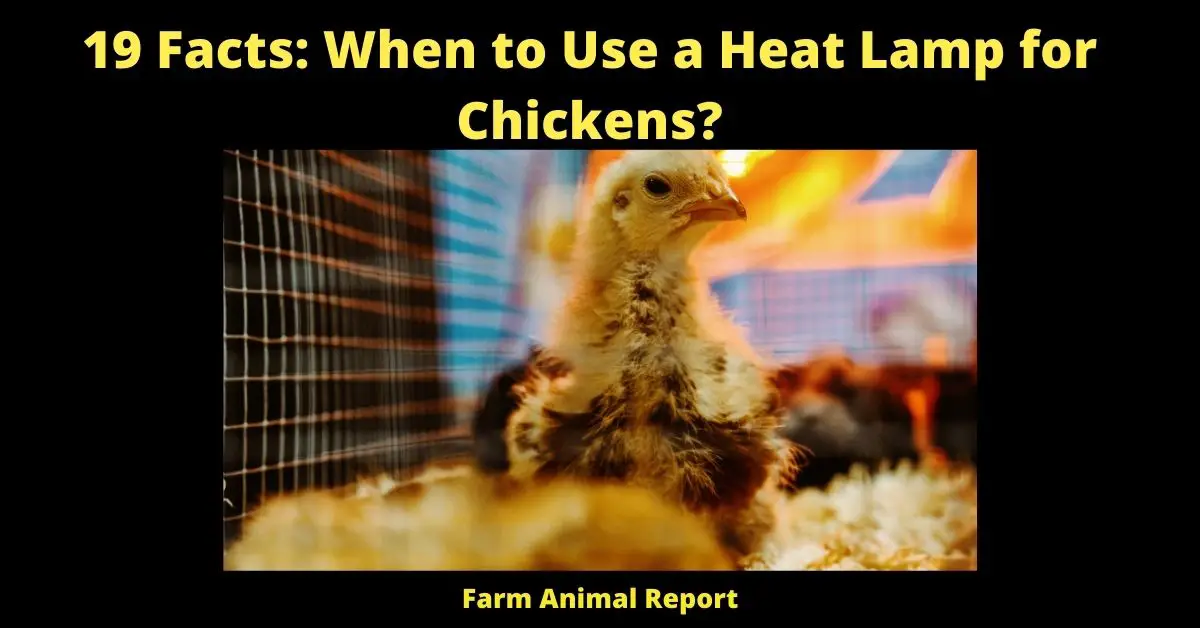
One is to provide additional insulation for your chicken coop. This can be done by adding more straw to the floor or walls, or by using canvas or tarpaulins to cover the windows.
Another option is to make sure that the coop is facing south so that it will receive maximum sunlight during the day.
Finally, you can also provide your chickens with extra food, as this will help them generate more body heat. By taking these simple steps, you can keep your chickens warm and healthy all winter long.
How to Hang a Chicken Heat Lamp?
If you live on a homestead or farm, chances are you have chickens. Chickens are a great addition to any farm since they provide fresh eggs daily. However, when the temperatures start to drop at night, you need to take measures to keep your chickens warm or else they will freeze to death.
One way to do this is by setting up a chicken heat lamp. Chicken heat lamps emit infrared radiation that helps to preserve the body heat of your chickens. The lamps should be placed in the coop so that the chickens have access to them at night. When setting up the lamp, make sure to hang it from the ceiling using a strong wire or chain.
The last thing you want is for the lamp to fall and start a fire! Once the lamp is in place, you can rest assured that your chickens will stay cozy and warm all night long.
Keep the Electrical cord away from the Heat Lamp to avoid a fire hazard. Also, keep the electrical cord out of the chicken’s reach so they don’t peck at it and get hurt.
5 Alternatives to Heat Lamp for keeping Chickens Warm?
Heat lamps are a go-to method for farmers to keep their chickens warm, but they’re not the only option. Here are five alternatives to heat lamps that can be used to keep chickens warm:
1. A chicken coop with proper insulation will help to keep chickens warm in cold weather. By trapping heat inside the coop, insulation will help to create a warm environment for chickens, even when it’s chilly outside.
2. Another way to keep chickens warm is by providing them with a source of warmth other than a heat lamp. This can be done by placing the coop near a reliable heat source, such as a sun-heated water tank or a stove.
3. Sometimes, all that’s needed to keep chickens warm is a little extra bedding. Adding an extra layer of straw or hay to the coop will help to insulate against the cold and provide extra warmth for chickens.
4. Some farmers use electric blankets to keep their chickens warm in cold weather. By placing an electric blanket under the straw or hay in the coop, farmers can create a cozy and comfortable environment for their flock.
5. Finally, one of the simplest ways to keep chickens warm is to provide them with extra food. This helps because the chickens will generate more body heat as they digest their food.
By following these tips, you can keep your chickens warm and healthy all winter long! Heat lamps are just one method of providing warmth – there are many other options available that can be just as effective.
Will Young chickens die without a Heat Lamp?
There’s no one definitive answer to this question, as it depends on a variety of factors – the age and breed of the chickens, the ambient temperature, whether they have access to shelter, etc.
That said, young chickens are particularly vulnerable to cold weather, and a heat lamp can be a vital tool for keeping them alive in colder months.
Without a heat source, they may quickly succumb to hypothermia. A heat lamp provides warmth and allows them to stay warm enough to survive. So while it’s not strictly necessary, it’s certainly helpful – and in some cases, essential – for keeping young chickens alive during colder months.
What are the symptoms of Hypothermia in Your Chickens?
As the weather starts to get colder, it’s important to be aware of the danger of hypothermia in chickens. Hypothermia is a condition in which the body’s core temperature drops below 95 degrees Fahrenheit. Chickens are particularly susceptible to hypothermia because they are not able to generate enough body heat to keep warm in cooler temperatures.
Symptoms of hypothermia in chickens include
- Lethargy
- Weakness
- Lack of coordination
- Slowed breathing
If you suspect that your chicken may be suffering from hypothermia, it’s important to seek veterinary care immediately. With prompt treatment, chickens can recover from hypothermia and return to their normal, healthy selves.
Can Chickens Sleep with a Heat Lamp On?
Chickens are not like humans, they can sleep with their eyes open. In fact, they often do. Chickens usually sleep in a group on a roost, which is basically just a long perch. If you have ever had chickens, you know that they love to roost on top of anything and everything.
During the day, when they are awake, chickens will often take mini naps. However, at night, they will go into a deep sleep. Chickens do not need a heat lamp to sleep. In fact, if you use a heat lamp, it can actually disturb their sleep and make them more likely to wake up during the night.
Chickens naturally want to sleep in a dark and quiet place. So, if you want your chickens to get a good night’s sleep, just turn off the lights and let them be.
In general, you want your chickens to be able to regulate their own body temperature. However, there are times when a heat lamp may be necessary.
For example, if you live in an area with cold winters, a heat lamp can help to keep your flock warm enough to survive the cold weather. Additionally, young chicks often benefit from the additional warmth of a heat lamp, as they have not yet developed the ability to keep themselves warm. However, there are also some potential risks associated with using a heat lamp.
If the temperature is too high, it can cause problems such as dehydration and overheat. Additionally, if the heat lamp is not properly secured, it could start a fire. As a result, it is important to use caution when using a heat lamp with your chickens.
What Temperature for a Heat Lamp for my Chickens in Winter?
In the colder months, chickens need a little extra help to stay warm. One way to provide this is to use a heat lamp. But what temperature should the heat lamp be set at? The answer may surprise you.
Chickens are actually quite tolerant of cold temperatures and can withstand temperatures as low as 20 degrees Fahrenheit. However, they do start to feel discomfort at around 25 degrees Fahrenheit.
As a result, the ideal temperature for a heat lamp is between 25 and 30 degrees Fahrenheit. This will help to keep your chickens comfortable without overheating them. Just be sure to monitor the temperature closely and make adjustments as needed.
What is a baby chick temperature chart for each week from Hatching?
A baby chick temperature chart is a guide for farmers to ensure their chicks are maintaining a safe and comfortable temperature. Farmers use this chart to help them understand when their chicks need more or less heat, as well as to monitor the overall health of their flock. The chart typically includes the recommended temperature range for each week of the chick’s life, from hatching until adulthood. By following this guide, farmers can help their chicks thrive and avoid potentially deadly health problems.
Keeping your chicks warm is crucial to their development and health. A baby chick temperature chart can help you to create a comfortable environment for your chicks and ensure that they are receiving the care that they need.
The optimal temperature for baby chicks is between 95 and 105 degrees Fahrenheit. If the temperature drops below 95 degrees, the chicks will become chilled and may stop growing. If the temperature rises above 105 degrees, the chicks may become overheated and may die.
A baby chick temperature chart can help you to monitor the temperature of your chick’s environment and make sure that it is within the ideal range. By providing your chicks with a warm and safe environment, you can help them to thrive.
- Week 1 – 95 – 105 F
- Week 2 – 90 – 100 F
- Week 3 – 85 – 90 F
- Week 4 – 80 – 85 F
How Long do Chickens need to be under a Heat Lamp?
As any farmer knows, chickens need a warm place to sleep in order to stay healthy. A chicken coop is typically outfitted with a heat lamp to provide this warmth.
However, there is some debate among farmers as to how long the heat lamp should be left on. Some argue that the lamp should be left on all night, while others believe that it should only be used during the day. There is no definitive answer, and ultimately it depends on the needs of the individual flock.
However, most experts agree that chickens should have access to a heat source for at least 12 hours per day. This will ensure that they are able to stay warm and dry throughout the night.
What is a Red Heat lamp for Chickens?
Any farmer worth their salt will tell you that a chicken’s health is paramount to a successful farm. One of the key ways to ensure that your chickens are healthy is to provide them with a warm, dry place to sleep at night. This is where a red heat lamp comes in.
A red heat lamp emits infrared radiation, which helps to keep the coop warm and comfortable for your chickens. Additionally, the red light from the lamp can help to prevent chickens from attacking each other, as it stimulates the dawn and dusk light cycles that they are used to.
baby chicks and adults if they see Red (Blood on another Chick) will peck at it, red light disguises that.
As a result, a red heat lamp can help to create a calm and safe environment for your chickens, promoting their overall health and well-being.
Final Thoughts – When to use Heat lamps for Chickens?
- Outside temps drop below 20F
- Young Chicks need to be kept warm until week 5
- Protect them from being burnt, or pecking at cord
- Red Light disguises blood to help control pecking
God Bless Greg


